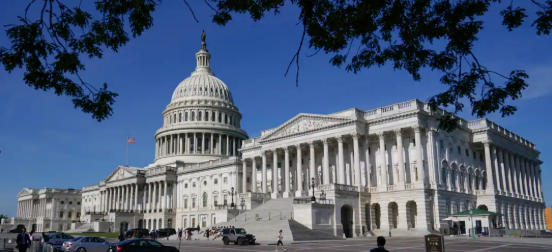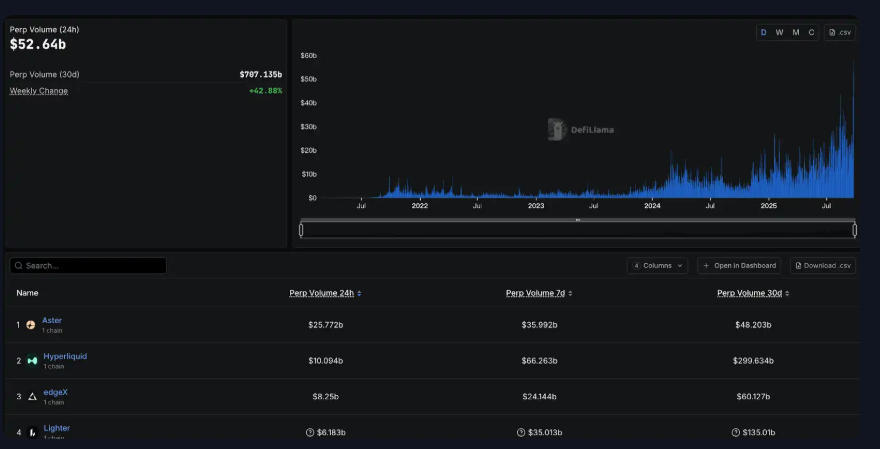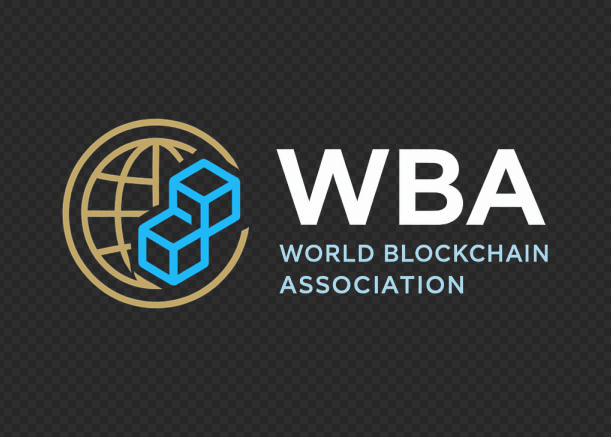
World Blockchain Association Reports on Potential Impact Across Cryptocurrency Markets
September 30, 2025
As Washington faces the increasing likelihood of a federal government shutdown, global investors are watching carefully—not just for the impact on U.S. economic data but also for the implications across the cryptocurrency ecosystem. According to a new analysis by the World Blockchain Association (WBA), a prolonged shutdown could delay critical employment and inflation reports, intensify market volatility, and spark new debates on the role of digital assets like Bitcoin, Ethereum, DeFi tokens, NFTs, DAOs, Stablecoins, and Web3-driven applications as hedges against political and economic uncertainty.
Federal Shutdown Risk and Its Relevance to Crypto Markets
The U.S. fiscal year closes on September 30, and without a new spending bill or continuing resolution, federal funding will lapse. While essential services—such as military operations and air traffic control—will continue, key data-producing agencies like the Bureau of Labor Statistics would pause the release of employment reports.
For traditional markets, these reports are crucial in shaping Federal Reserve monetary policy. For cryptocurrency markets, their absence creates an unusual information gap. Traders who normally adjust positions in Bitcoin (BTC), Ethereum (ETH), and other digital assets based on rate-cut expectations may instead find themselves navigating in the dark.
The World Blockchain Association points out that the lack of timely macroeconomic indicators could amplify speculative trading in digital assets. This mirrors conditions seen in prior shutdowns, though the outcomes were inconsistent.
Lessons From Past Shutdowns
Historical evidence offers contrasting pictures. During the 16-day shutdown in October 2013, Bitcoin rallied more than 14%, climbing from around $132 to over $151, as investors sought alternatives amid fiscal uncertainty. In contrast, the record 35-day shutdown from late 2018 into early 2019 coincided with a 6% decline in Bitcoin, reflecting the broader bear market of that era.
“Market context matters,” said Julio Moreno, Head of Research at CryptoQuant, in remarks highlighted by the WBA. “The 2013 episode took place during a strong bull cycle, while in 2018, Bitcoin demand was collapsing in a prolonged bear market. Today’s conditions appear more similar to 2013, with growing demand as we enter the fourth quarter—a period that has historically been positive for Bitcoin.”
The World Blockchain Association underscores that historical comparisons are useful but not predictive. Unlike in 2013 or 2018, today’s crypto ecosystem includes institutional stablecoin adoption, tokenization of real-world assets, robust DeFi protocols, and multi-billion-dollar NFT and DAO sectors. These developments mean the impact of a U.S. government shutdown could ripple more widely across the digital asset space.
Short-Term Volatility vs. Medium-Term Liquidity
Analysts consulted by the World Blockchain Association believe the short-term picture may be turbulent. A delay in economic data deprives markets of the very signals the Federal Reserve relies on for interest-rate decisions. Without clarity, traders may overreact to partial or anecdotal indicators, fueling swings in Bitcoin, Ethereum, and smaller altcoins.
“Rate cut expectations normally support risk assets,” said one WBA-cited analyst. “But when combined with political uncertainty, the result is heightened vulnerability. We may see sharper ‘drop-and-rebound’ moves, especially in liquid tokens like Bitcoin and Ethereum.”
From a medium-term perspective, however, confirmation of rate cuts—or even just expectations of easier monetary policy—could bolster crypto liquidity. Stablecoins, which act as the backbone of DeFi and tokenization markets, often expand in supply when risk appetite increases. This provides a structural tailwind for the broader digital asset ecosystem.
Broader Financial Market Interlinkages
The WBA emphasizes that crypto markets no longer operate in isolation. Institutional exposure through ETFs, tokenized treasuries, and derivatives ties Bitcoin closely to the performance of traditional assets. A government shutdown that rattles bond markets or delays key Treasury auctions could indirectly affect liquidity available for cryptocurrency trading.
Nicolai Sondergaard, a research analyst at Nansen, noted that uncertainty could strike before the actual shutdown. “If investors broadly expect a temporary shutdown, the immediate damage may be muted. But the psychological impact could still trigger moves in equities, bonds, and ultimately digital assets—sometimes even before official government operations pause.”
Implications for Federal Reserve Policy
Perhaps the most significant impact lies in the Fed’s reaction function. Without reliable employment data, policymakers may adopt a more cautious stance in upcoming Federal Open Market Committee (FOMC) meetings. Prediction markets already reflect this uncertainty. On decentralized forecasting platforms, skepticism has surged about the Fed delivering two rate adjustments in 2025.
This shift matters for cryptocurrency markets because digital assets remain highly sensitive to U.S. dollar liquidity conditions. If rate cuts are delayed due to missing data, stablecoin issuance and Bitcoin inflows could temporarily slow. Conversely, if investors interpret the lack of data as removing obstacles to accommodative policy, the market could rally in anticipation.
Beyond Bitcoin: Ethereum, DeFi, NFTs, and DAOs
While Bitcoin captures headlines as the leading cryptocurrency, the World Blockchain Association stresses that a U.S. shutdown would impact the broader digital economy:
- Ethereum (ETH): As the backbone of DeFi and tokenization, Ethereum is highly sensitive to liquidity cycles. A delay in Fed-driven clarity could translate into short-term uncertainty for ETH prices.
- DeFi Protocols: Lending, liquidity pools, and derivatives platforms rely on stablecoin flows. A sudden pullback in investor confidence could tighten conditions.
- NFTs and DAOs: These community-driven ecosystems are less directly tied to macroeconomic data but remain vulnerable to shifts in broader sentiment. If Bitcoin and Ethereum swing sharply, secondary markets for NFTs often mirror that volatility.
- Tokenization: Projects tokenizing treasuries and real-world assets may face delays in pricing transparency if government data is unavailable. This could create inefficiencies but also highlight blockchain’s role as an alternative data infrastructure.
International Perspective: A Test for Web3 Resilience
The WBA also draws attention to the global angle. For investors in Asia, Europe, and emerging markets, the reliability of U.S. fiscal governance is a benchmark. A shutdown undermines confidence in the dollar and raises questions about diversification into cryptocurrency and Web3 ecosystems.
From an international regulatory standpoint, the shutdown highlights the importance of decentralized systems. Whereas governments can halt operations due to political gridlock, blockchains like Bitcoin and Ethereum continue producing blocks, validating transactions, and enabling global commerce without interruption.
This contrast reinforces the narrative of cryptocurrencies as a parallel financial infrastructure—one not contingent on any single government’s fiscal discipline.
Outlook: Uncertainty, Opportunity, and Strategic Positioning
The World Blockchain Association concludes that while the immediate consequences of a U.S. government shutdown remain unpredictable, the long-term implications may prove constructive for the cryptocurrency industry. Investors seeking alternatives to politicized fiat systems may increase exposure to decentralized assets, particularly as Web3 adoption accelerates.
For institutional stakeholders, the key will be distinguishing between short-term volatility and medium-term structural opportunities. As blockchain-based tokenization expands and stablecoins integrate more deeply into payment networks, demand for crypto assets may continue to grow regardless of temporary political impasses in Washington.
About the World Blockchain Association
The World Blockchain Association (WBA) is a global organization dedicated to advancing knowledge, policy dialogue, and innovation in blockchain and digital finance. As a leader in the blockchain and cryptocurrency space, the WBA provides stakeholders with trusted insights at the intersection of technology, regulation, and global economic trends through research, reporting, and thought leadership.
Website: WorldBlockchainAssociation.org
Email: TheWorldBlockchainAssociation@gmail.com







